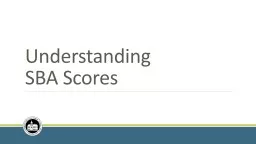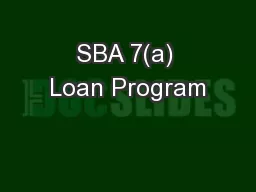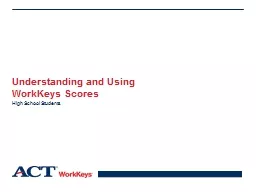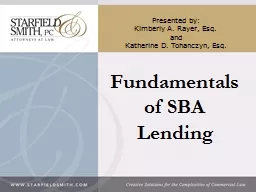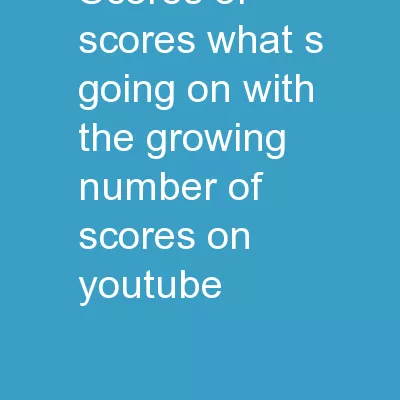PPT-Understanding SBA Scores From the Assessment development Team
Author : celsa-spraggs | Published Date : 2019-10-30
Understanding SBA Scores From the Assessment development Team Introduction Purpose to answer some basic questions about Smarter Balanced Summative and Interim test
Presentation Embed Code
Download Presentation
Download Presentation The PPT/PDF document "Understanding SBA Scores From the Assess..." is the property of its rightful owner. Permission is granted to download and print the materials on this website for personal, non-commercial use only, and to display it on your personal computer provided you do not modify the materials and that you retain all copyright notices contained in the materials. By downloading content from our website, you accept the terms of this agreement.
Understanding SBA Scores From the Assessment development Team: Transcript
Download Rules Of Document
"Understanding SBA Scores From the Assessment development Team"The content belongs to its owner. You may download and print it for personal use, without modification, and keep all copyright notices. By downloading, you agree to these terms.
Related Documents

